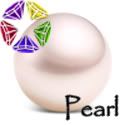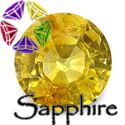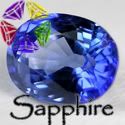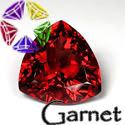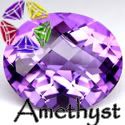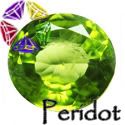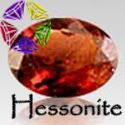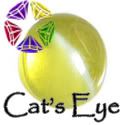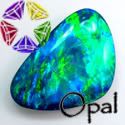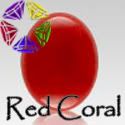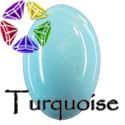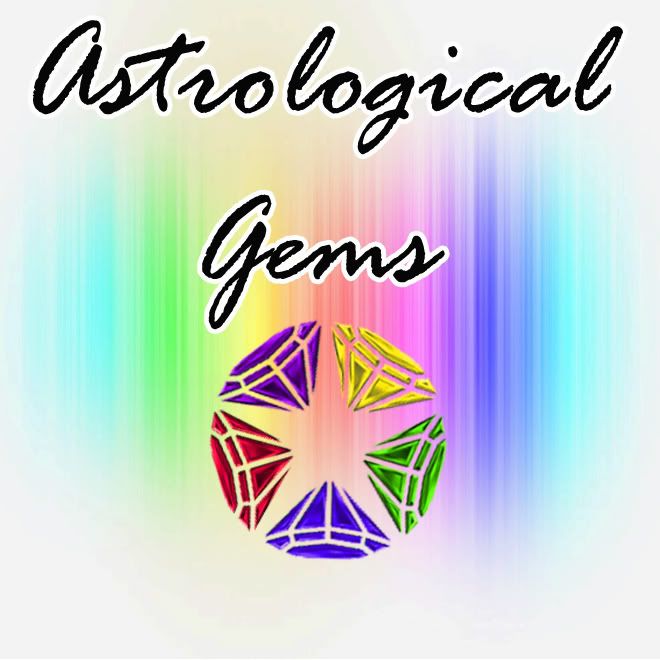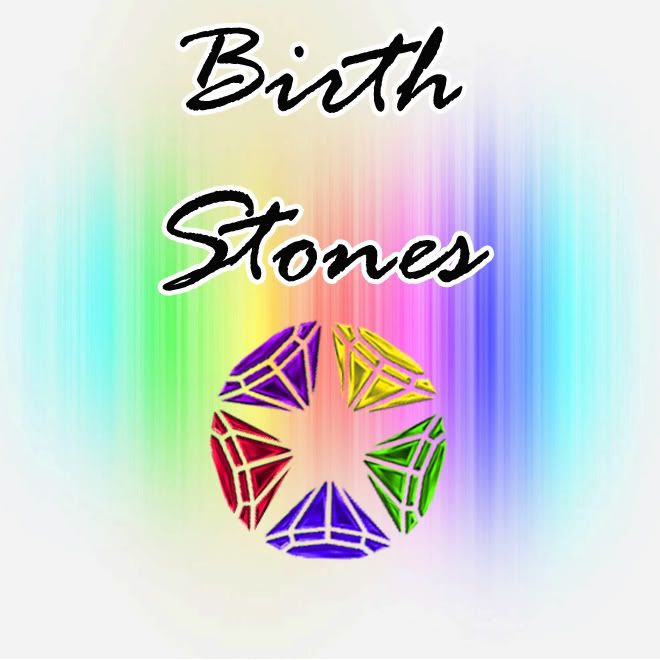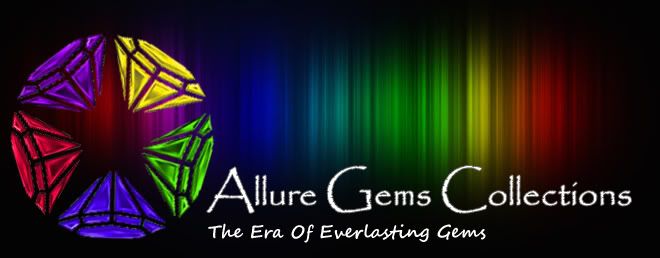
Labels
|

| Rubies | 4:41 AM |
|
|
|
Ruby
 Ruby is the astrological, Jyotish gem related to the Sun, which rules one's person confidence, authority, power and status. The Sun is related to the soul and has a great deal to do with career and the person's worldly activities. Wearing a ruby of at least 1 carat is said to increase popularity and professional status. It will cure diseases of the eyes and of the heart. Ruby can be substituted with red spinel, red garnet (Rhodolite) or red tourmaline of at least 3 carats.
Ruby is the astrological, Jyotish gem related to the Sun, which rules one's person confidence, authority, power and status. The Sun is related to the soul and has a great deal to do with career and the person's worldly activities. Wearing a ruby of at least 1 carat is said to increase popularity and professional status. It will cure diseases of the eyes and of the heart. Ruby can be substituted with red spinel, red garnet (Rhodolite) or red tourmaline of at least 3 carats.
Gemological Properties
Chemical composition: AL203 + Cr (aluminum oxide)Species: Corundum
Hardness: 9
Refractive index: 1.763-1.770
Density: 3.99-4.1; usually near 4.00
Pleochroism: Strong dichroism
Birefringence: 0.008
Color: Any shade of red, from light pinkish red to dark purplish red. In ancient times, pinkish red rubies were called Padmaraga (red as the lotus) or Feminine rubies, while dark red rubies were considered Masculine stones.
Occurrence: -Burma- Burmese rubies historically comes from the Mogok stone tract. The history of mining in Burma is long, complex and turbulent and date back thousands of years. Gems occur in a gravel layer called Byon at a dept of 20 to 100 feet, and are recovered by rudimental washing and screening and then hand-picking of encouraging-looking pebbles. Today, the Mong Hsu tract is also producing gem quality stones. Very fine Burmese stones over 5 carats are today extremely rare and can command ten times as much the price of a 5 carats diamond. Other producers of fine rubies are Thailand, Pakistan, Vietnam, Ceylon, East Africa.
Astrological-Healing Properties
Planet: SunCosmic Color: Red
Number: 1
Chakra: 5th, Manipura
Metal: Yellow gold
Sign: Leo
Element: Fire
Day: Sunday
Time: Sunrise
Sanskrit Names:
Manikya (Ruby)Padmaraga (Red-lotus color gem)
Shona-Ratna (Red jewel)
Ravi-Ratna (Gem of the sun)
Signs of a well-placed Sun
Creative, vital, resistant, determined and decisive.
Successful activity, authority.
Royalty, high position in administration.
Cheerful outlook, good fortune, ambition to achieve great heights, brilliance, optimism, success in worldly affairs.
Prevention of the following diseases
Heart diseases, eye inflammation, low or high blood pressure,
Hemorrhage, cardiac thrombosis, heated and bilious constitution
Cerebral meningitis, eruption of the face, typhoid, polypus, epilepsy, bile complaints, sun-stroke, scorches, diseases of the head
Birthstone for: July
Ruby, "the King of Gems" and birthstone for July, gets it's name because of its red color and is derived from the Latin word Rubeus, meaning red. It was discovered around 1800 that Ruby, as well as sapphire, belonged to the same mineral group, or species, called corundum. Prior to that date, both red spinel and garnet were thought to be, or were referred to, as Ruby. In fact, many of the most prominent red gemstones in England's Royal Jewels are magnificent red spinels which, for years, were thought have been rubies. The red color in Ruby is derived from chromium and historically, the most desirable ruby color is denoted by the term "pigeons blood". The red color of Ruby will vary from deposit to deposit and it is, therefore, not possible to determine the source area of a Ruby based on its color. Ruby is mined throughout Southeast Asia and while the majority is found in Thailand and Myanmar (Burma), many exquisite gems also are found in Sri Lanka and Africa. The designation Burmese-ruby or Siam-ruby are trade names and refer more to color quality than to actual origin. Internal characteristics, or inclusions, are very common and while these inclusions are not necessarily indicative of lower quality, they may show the difference between natural and synthetic. Certain types of inclusions may also indicate the source area, or origin, of the gemstone.
Enhancements — As is the case with many colored gemstones, Rubies are routinely enhanced to improve their color and their clarity, the most notable being controlled heating. Many enhancement procedures are generally recognized and accepted throughout the jewelry industry and, in most cases, these enhancements are irreversible, permanent, and will produce a gemstone that is more beautiful. One should be leery, however, of enhancement techniques that are not permanent. If you intend to purchase any fine colored gemstone you should deal with a jeweler who is gemologically trained to explain the differences.Order/Enquiry Form

© 2008 Allure Gems Collections
Redesign by DevilCp
Design by Templates4all
Converted to Blogger Template by BloggerTricks.com

